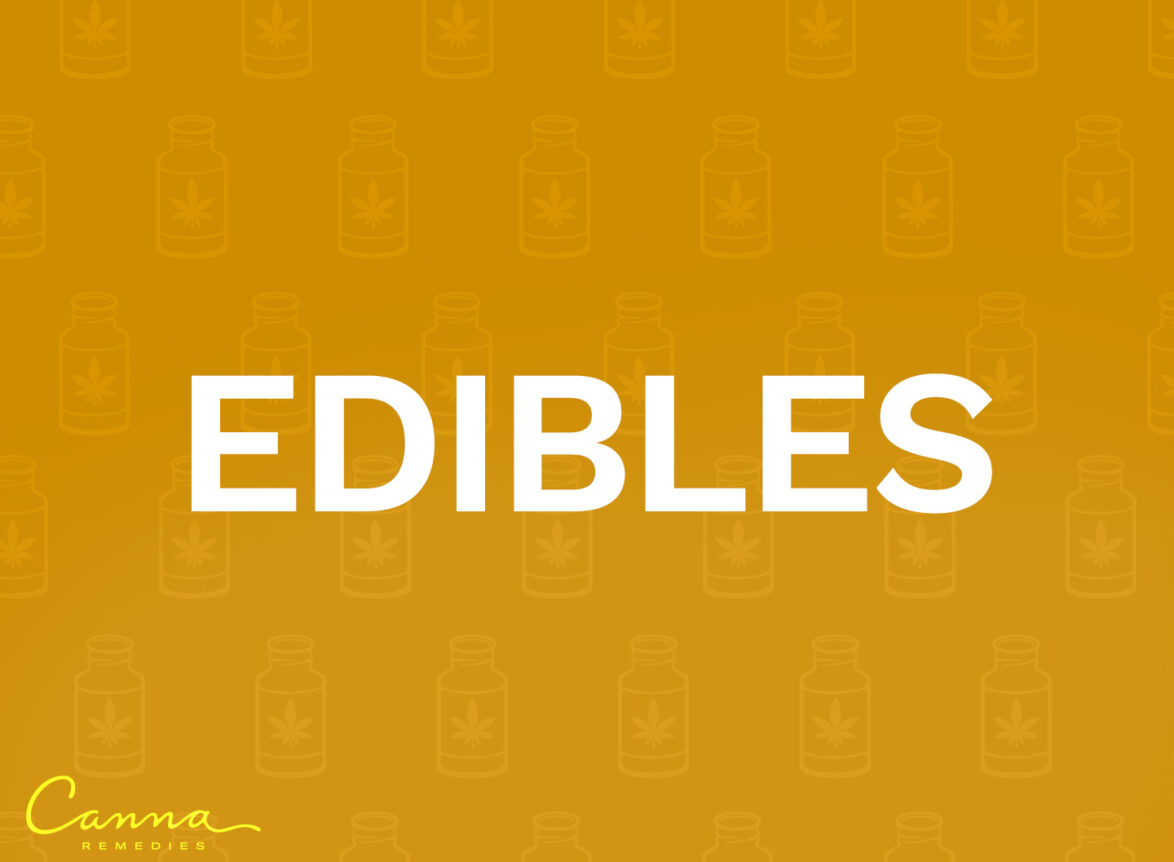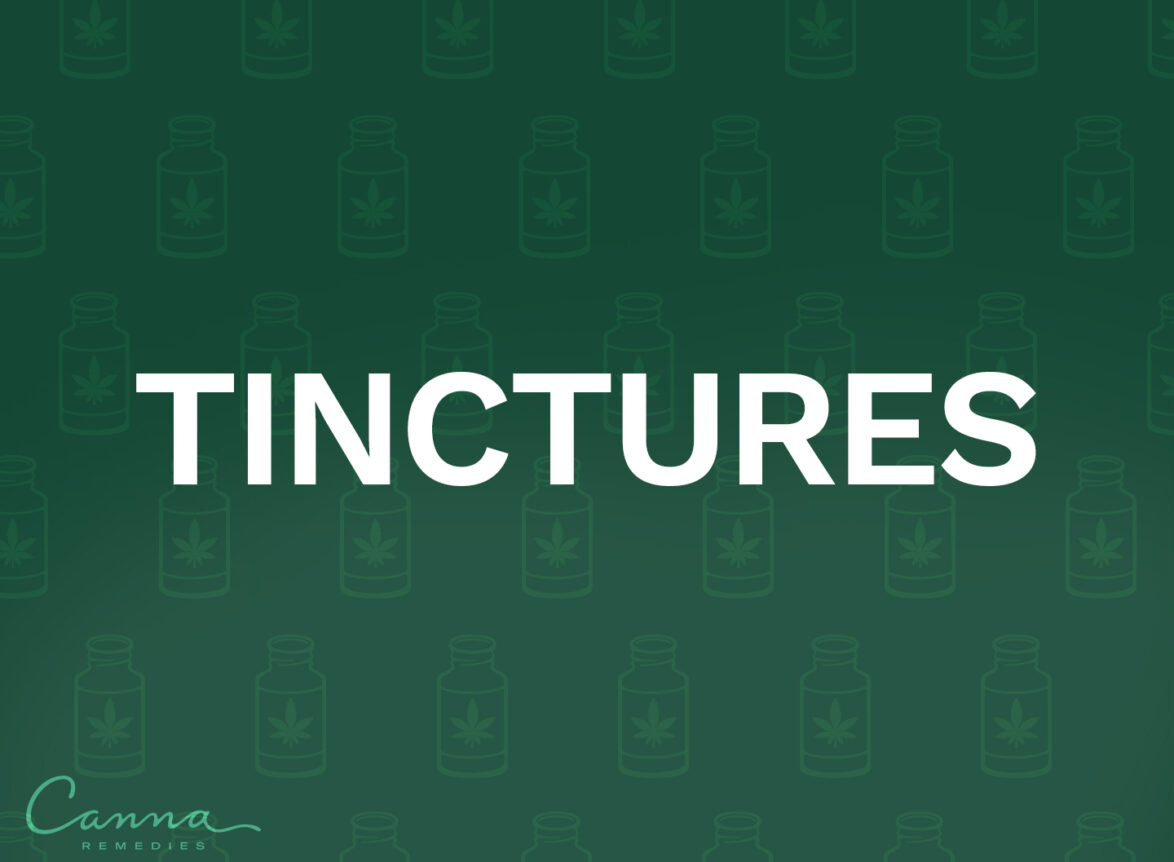Modern cannabis names primarily began in the 1960s and ’70s when cannabis breeders began transporting feral marijuana strains from around the world – called “landrace strains.” These strains were then bred together to develop a wider range of genetic crosses. They are often given unique names that reflect their genetic lineage, appearance, aroma, flavor, or effects. These names are often created by breeders and enthusiasts to distinguish one strain from another and to convey specific characteristics or qualities of the cannabis plant. Below are some examples of how cannabis strains are named:
Genetics/Lineage
- Cleverly combining the parent strains’ names:
- Critical Purple Kush = Critical x Purple Kush
- Alien Dutchess = Dutch Treat Haze x Alien OG
- Locomotion = Blue Diesel x Trainwreck
Attributes of the Strain
- Physical traits:
- Golden Goat
This strain has a golden appearance close to harvest and an abundance of golden hairs/pistils. - Granddaddy Purple
This strain has flowers that bloom in shades of deep purple with colorful purple leaves. - Cherry Diesel
The harvest room smells like cherries when this strain is being grown.
- Golden Goat
- Effects:
- Strawberry Cough
Higher content of the ocimene terpene in this strain makes you cough. - GG #4
This strain is known to “glue you to your seat.”
- Strawberry Cough
- Cannabinoid Content:
- Otto
This strain has a one to one (OTO) ratio of THC and CBD. - Harlequin
Tis strain is named for the patchwork costume of a court jester, representing the patchwork of cannabinoids and terpenes in this particular strain.
- Otto
Paying Homage
- Jack Herer
This strain is named for a cannabis activist. - Ringo’s Gift
This is named after a CBD-strain breeder. - Agent Orange
This strain is named in tribute to a Vietnam veteran who passed away from cancer due to Agent Orange.
Temporal Significance
- Pre-98 Bubba Kush
This strain originated before the panic of the great Y2K catastrophe.
Although some strain names are tied to specific characteristics or qualities of the plant, certain names are selected seemingly at random, often holding personal significance for the breeder but carrying minimal or no relevance for the consumer.
While strain names provide a bit of insight into what a person can expect when consuming, they cannot be used to precisely understand the effect due to the multiple variations a strain has. Research has led to scientists finding a new way to categorize cannabis (apart from strains), they are Chemotypes and Chemovars.
Cannabis chemotypes
Chemotypes are a way to categorize cannabis plants by their cannabinoid content. In New Jersey, it is required that products be labeled with their chemotype.
- “High THC, Low CBD,” where the THC to CBD ratio is greater than 5:1 and the total THC percentage is 15% or greater.
- “Moderate THC, Moderate CBD,” where the THC to CBD ratio is between 5:1 and 1:5 and the total THC percentage is between 5 and 15%.
- “Low THC, High CBD,” where the THC to CBD ratio is less than 1:5 and the total THC percent-age is less than or equal to five percent.
Cannabis chemovars
Chemovars categorize cannabis plants by their cannabinoid and terpene ratio, taking into consideration at least two abundant cannabinoids and the two, three, or four main terpenes found in cannabis plants.
- The chemovar approach requires a full chemical analysis to know exactly which cannabinoids and terpenes a plant contains in order to be able to divide them by their potential effects. This makes it hard to study and implement in most places due to cannabis being illegal and standardization varying from state to state.
- Scientists claim that categorizing by chemovar types is crucial in the cannabis industry in order for consumers to find products that best meet their needs.







